A body system is a group of organs that work together to perform a specific function. The human body has 11 body systems. The systems studied in elementary school are usually the circulatory system, respiratory system, muscular system, digestive system, and nervous system. The other systems are just as important but more complex, so they are studied at higher grade levels. They are the endocrine system, immune system, lymphatic system, reproductive system, skeletal system, and urinary system.
To better understand how the human body systems work….
LET’S BREAK IT DOWN!
The human body is made up of multiple interacting systems.
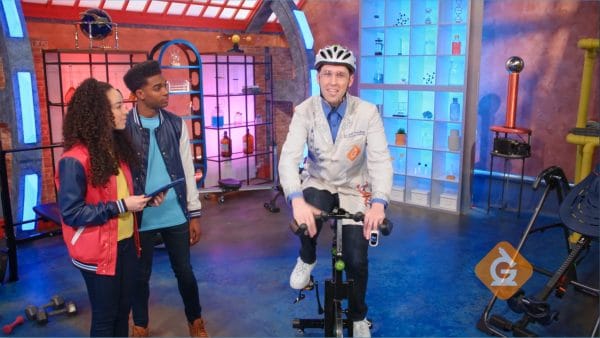
Each system in the human body has a special function. Your skeletal system gives your body support and structure, so you can stand up. Your immune system helps you stay healthy by fighting off diseases. Each of these systems also interact with each other. For example, the bones in your skeletal system would not be very useful without the muscular system to help them move around. And how would your muscles know where to move your bones if your nervous system didn’t tell them?
The circulatory system pumps blood through your body.
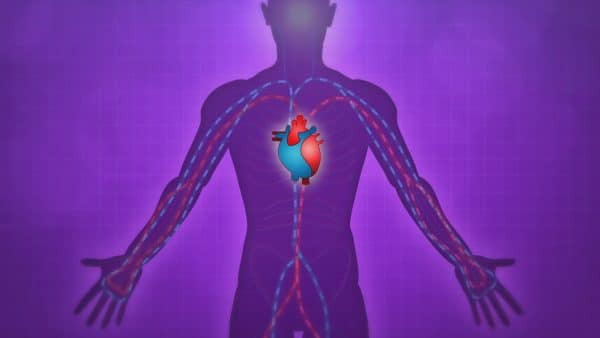
The circulatory system consists of your heart and blood vessels. The heart’s job is to pump blood throughout your body.
The left side of the heart takes oxygen-rich blood from the lungs and pumps it to other parts of the body to use. The right side of the heart pumps blood to the lungs to add oxygen to it.
The heart has a very busy job! When you are resting, your heart pumps between 60-100 times each minute. When you are exercising, it pumps much faster to deliver blood to your muscles.
The heart is responsible for getting the oxygen to your muscles, but it is the respiratory system’s job to provide the oxygen. This means that the circulatory system is directly linked to the respiratory system.
The respiratory system gathers oxygen and removes carbon dioxide.
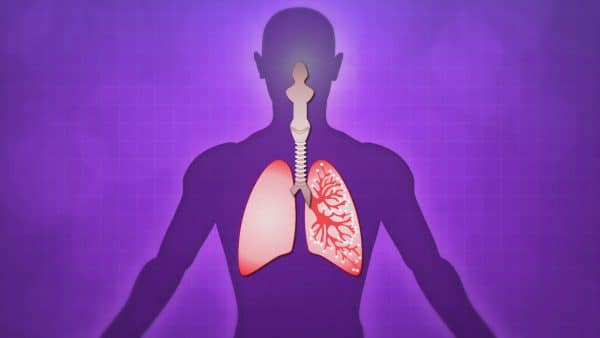
The main part of the respiratory system is the lungs. It is the lungs’ job to bring air into and out of the body. Oxygen from the air you inhale moves through small blood vessels and enters the bloodstream. It then hitches a ride on red blood cells and travels to all parts of the body.
The blood coming back to the lungs contains carbon dioxide. When you exhale, you remove carbon dioxide which your body does not need anymore.
The muscular system allows the body to move.
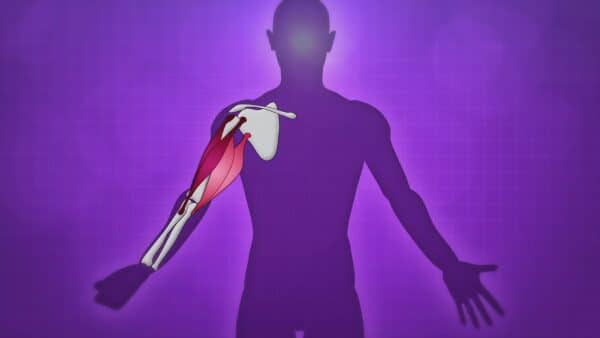
You have over 600 muscles in your body. Muscles are attached to bones and are controlled by nerves that communicate with the brain. Movement takes place when a muscle gets shorter (contracts).
Most muscles work in pairs, allowing movement in more than one direction. For instance, there are two sets of muscles that move your arm. When you lift your arm up, your bicep contracts. At the same time, the muscle on the back of your arm, called the tricep, relaxes.
The digestive system breaks down food to release nutrients.
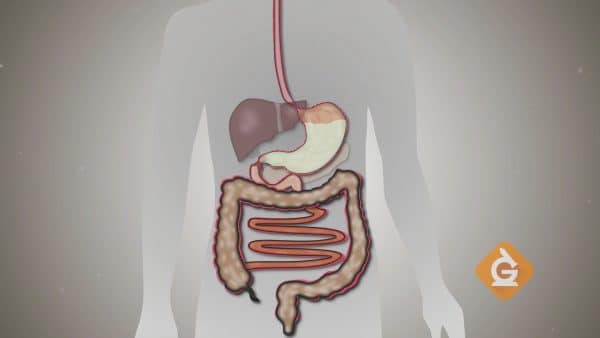
Digestion begins when we break food down into little pieces in our mouth with the help of teeth, the tongue and saliva.
After that, food travels down the esophagus and into the stomach, where it’s further broken down by stomach acids.
From the stomach, it heads to the small intestine. Here, your body removes nutrients it needs from food, and sends the nutrients to parts of the body through the circulatory system.
Finally, the digested food is sent to the large intestine, out of your body... and beyond!

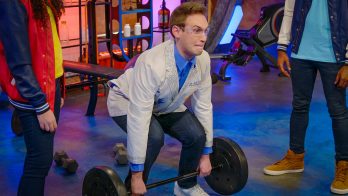








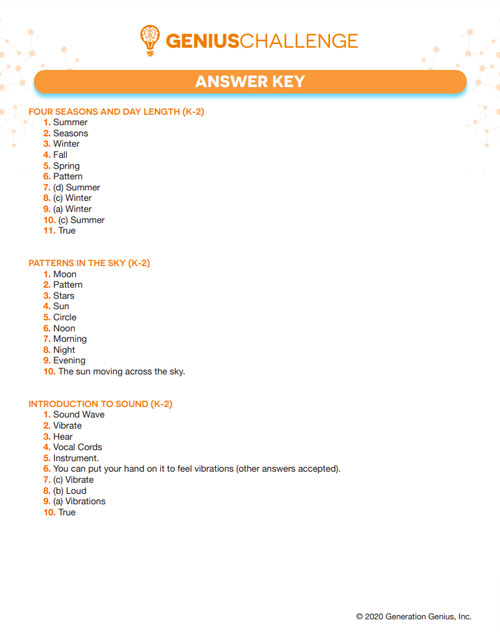























































































































 Select a Google Form
Select a Google Form









